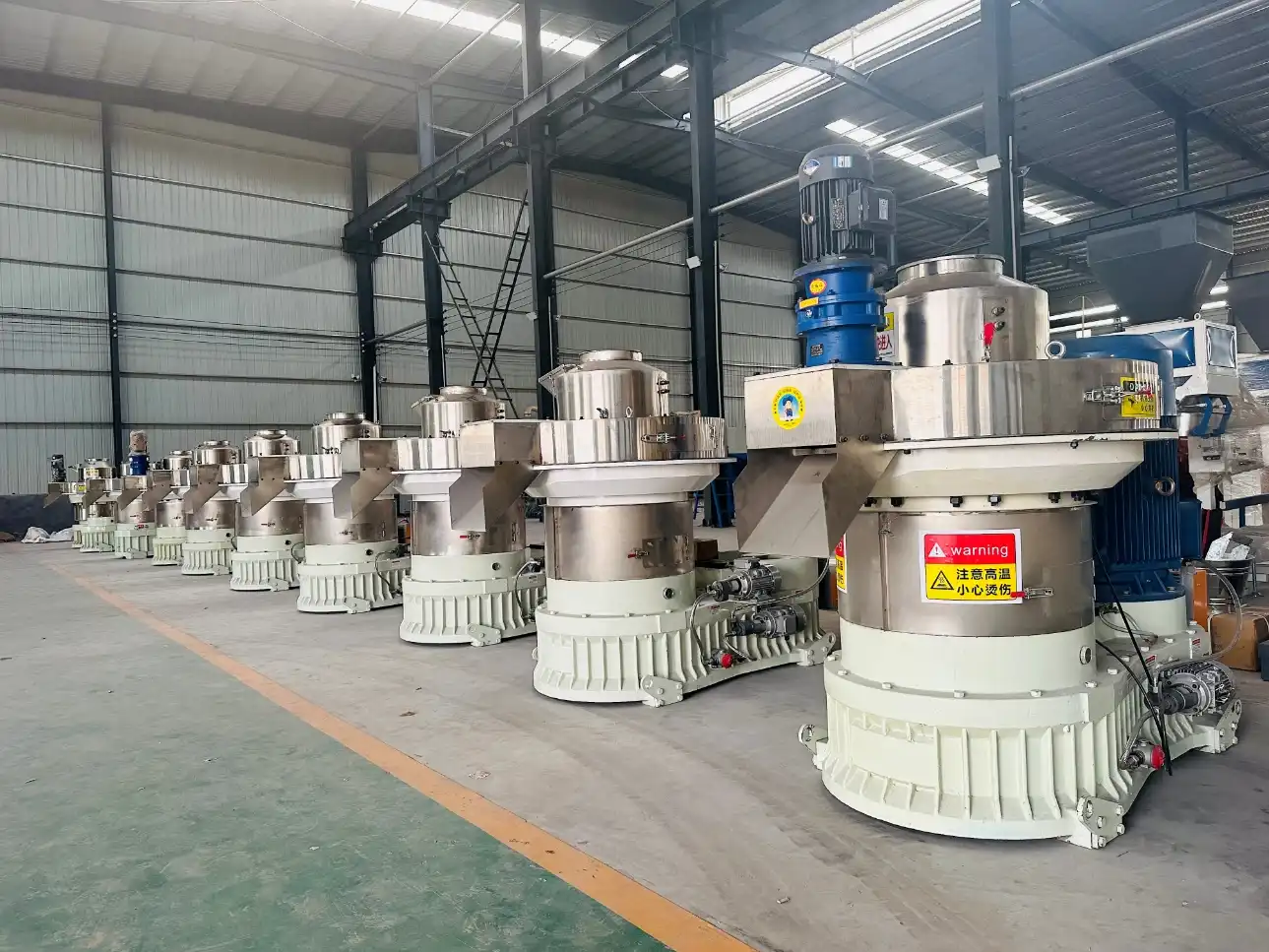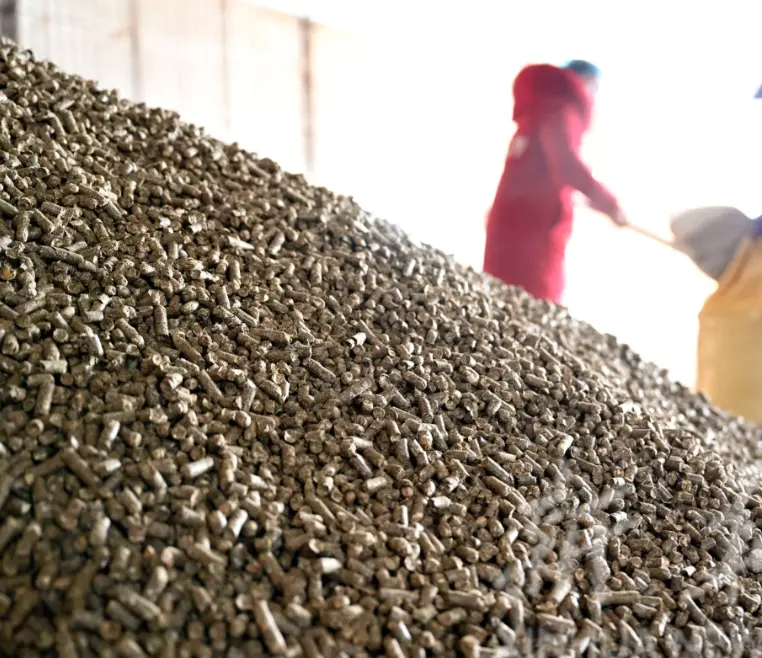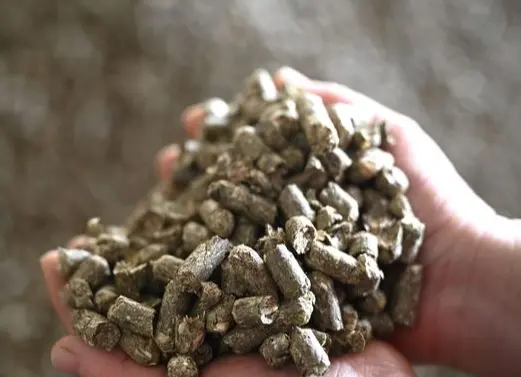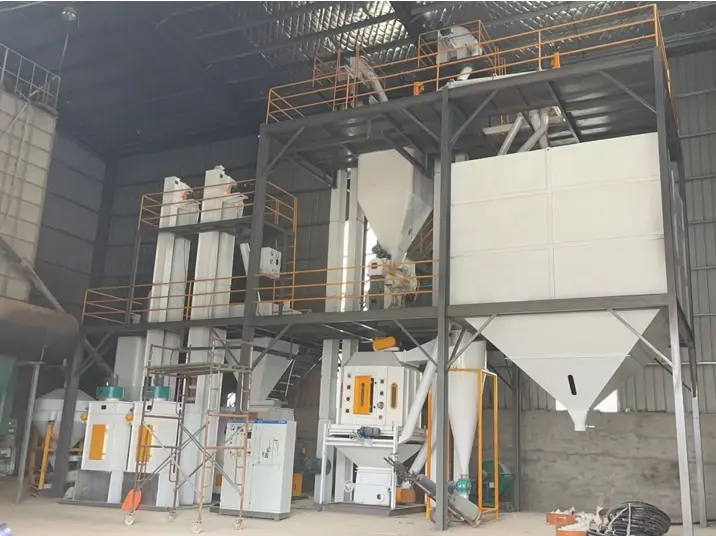Bark Pellet Machine

The Potential of Bark Pellet Machines for Home Fuel Production
Using Bark for Fuel Pellets:
Harnessing bark from forest residues for fuel pellets is gaining attention. Research confirms the viability of bark pellet machines in pelletizing bark. Remarkably, bark, being more affordable than wood, yields pellets with comparable heating values.

Advantages of Bark for Wood Pellet Production:
Bark boasts strong binding traits, ensuring high mechanical strength in pellets. Its elevated calorific value, owing to a high carbon and low hydrogen content, stands out.
Chemical Composition of Bark from Common Species:
Examining bark from pine and spruce reveals varying compositions. Pine bark, both inner and outer, exhibits different cellulose, hemicellulose, lignin, extractives, and ash content compared to spruce bark.
Chemical composition of bark from two common species
|
Species
|
Cellulose
|
Hemi-cellulose
|
Lignin
|
Extractives
|
Ash
|
|
Pine (70 years old)
|
|||||
|
Bark, inner
|
36
|
26
|
29
|
5
|
4
|
|
Bark, outer
|
25
|
20
|
48
|
3
|
4
|
|
Spruce (110 years old)
|
|||||
|
Bark
|
36
|
20
|
36
|
4
|
4
|
Calorific value of wood component
|
Wood component
|
Calorific value (GJ/metric ton)
|
|
Cellulose
|
17-18
|
|
Hemi-cellulose
|
16-17
|
|
Lignin
|
25-26
|
|
Extractives
|
33-38
|
Calorific Value of Wood Components:
Assessing the calorific value of cellulose, hemicellulose, lignin, and extractives illustrates their varying energy potentials.
Calorific value and bulk density of bark from two common species Bark Pellet Machine
|
Species
|
Calorific value ( GJ/ton)
|
Density (kg/m3)
|
|
Pine
|
18.4-20.7
|
300
|
|
Spruce
|
17.8-19.8
|
340
|
Preparation of Bark for Home Pellet Making:
Efficient feedstock preparation involves grinding bark into small sizes and managing moisture content, achievable using a hammer mill and sun drying for cost-effective small-scale home production.

Bark Pellet Machine for Home Use:
Utilizing the XZ-150D bark pellet machine, powered by an 8HP diesel engine, facilitates convenient and wire-free pellet production at home. Its mobility and compatibility with open-air settings without electricity make it more user-friendly than electric pellet mills.

Calorific Value of Bark Pellets (Dry Basis):
The comprehensive breakdown of chemical components and measurements of bark pellets demonstrates their impressive gross calorific value, moisture content, ash content, and elemental composition.
In summary, the application of bark pellet machines presents an eco-friendly and economical means of generating fuel pellets from readily available bark sources. The efficiency and affordability of home-based production make this an appealing option for sustainable energy seekers.





